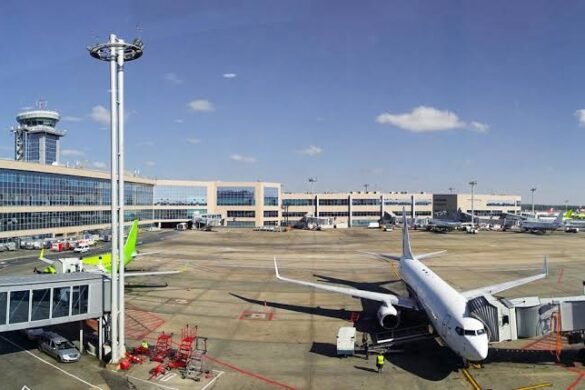SpiceJet shareholders gathered on Monday for the airline’s 40th Annual General Meeting (AGM) to discuss critical topics, including funding strategies, expansion plans, and the company’s financial outlook. The meeting, which also involved the adoption of the audited financial statements for the year ending March 31, 2024, provided a platform for shareholders to seek clarity on the airline’s strategic roadmap.
During the AGM, members approved an increase in the company’s authorised share capital, a move aimed at facilitating its financial restructuring and growth ambitions. This approval follows the budget carrier’s recent success in raising ₹3,000 crore, which has been instrumental in settling long-pending dues and resolving various disputes.
Chairman Ajay Singh addressed several shareholder queries, including those related to the airline’s plans for future expansion, additional funding, operating expenses, and the introduction of new flight routes. The leadership emphasized its commitment to stabilizing operations and pursuing growth, highlighting that the recent infusion of funds marks a significant step toward financial recovery and operational strengthening.
The AGM also served as a forum to discuss SpiceJet’s efforts to optimize costs, enhance its fleet, and explore new market opportunities. With a renewed focus on expansion, the airline is actively working to rebuild trust among its stakeholders while positioning itself as a competitive player in the aviation sector.
The discussions underscored the challenges faced by the airline in recent years, including financial constraints and operational disruptions. However, the management reassured shareholders that measures are being taken to ensure long-term sustainability, including better financial planning, strategic partnerships, and a customer-focused approach to service delivery.
As SpiceJet navigates its recovery, the AGM highlighted a collective determination to overcome challenges and drive the airline toward a more stable and prosperous future. The shareholders’ engagement reflected their vested interest in the company’s progress, while the management’s responses provided a glimpse into the airline’s path forward.



